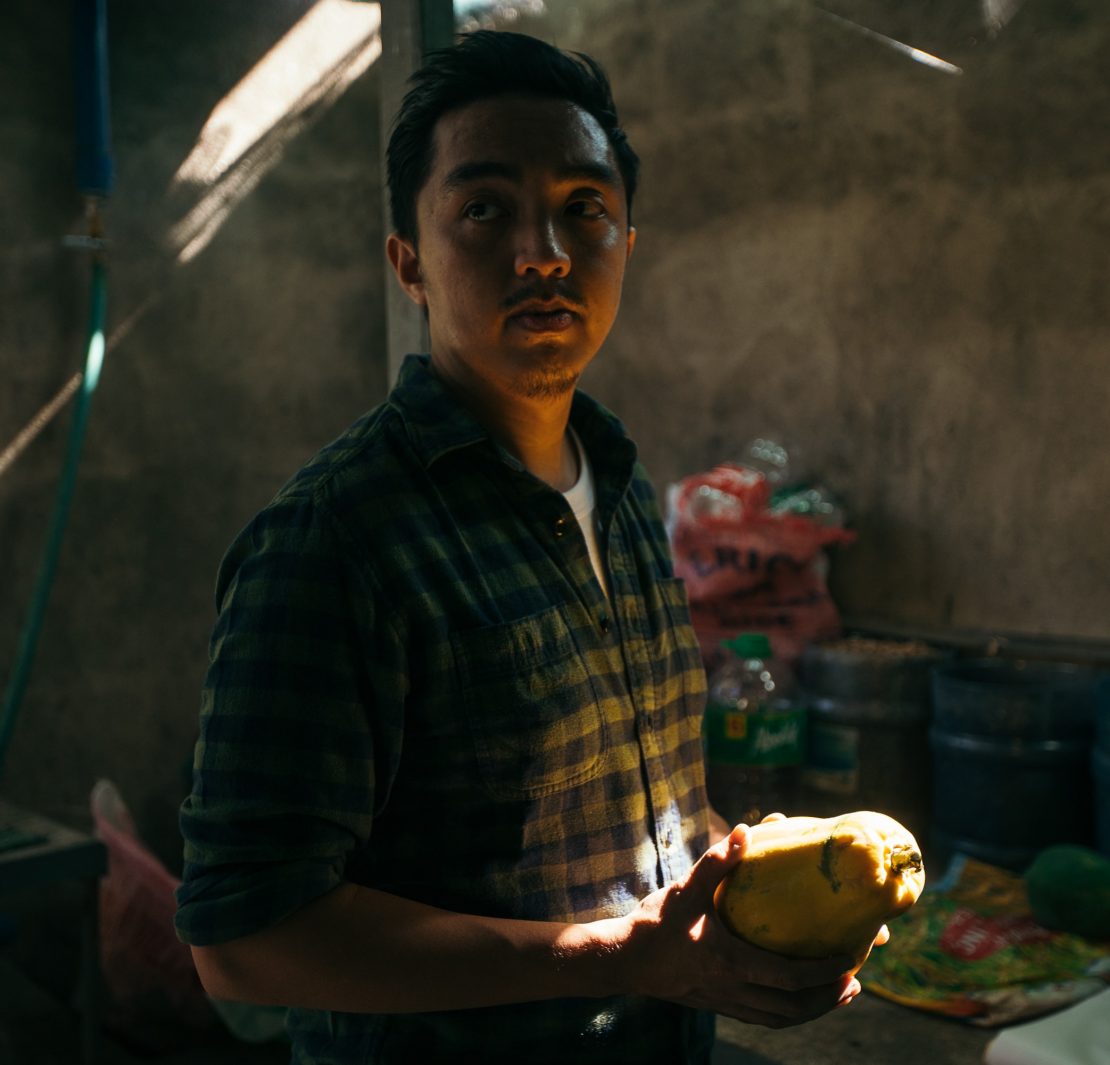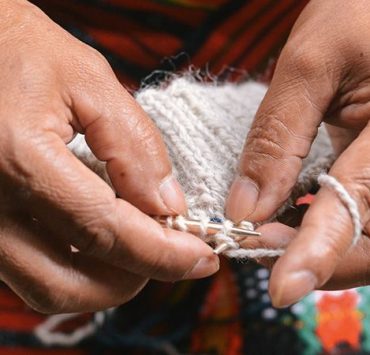The city was still asleep when we set out at 3 a.m. for a three-hour trip to the Teraoka Family Farm in Mangatarem, Pangasinan. An hour later, while we were still in transit, the roosters at the farm started to crow, signaling the farmers to start their day. The farmers water the plants early in the morning to minimize evaporation. Then just as the sky brightens, we finally arrive.
The family patriarch Carlos Teraoka had acquired the 200-hectare land in 1992. “I retired that year, and to maintain good memory, I searched for something that would keep me busy.” He settled for planting mangoes. An image of the property, taken in the early ’90s, hangs on a pillar in the dining area. In it, the land is devoid of the lush greenery it now boasts. In fact, it seems to be calling for the kind of miracles that Nora Aunor’s Elsa had brought because the land could pass as the barren Barrio Cupang in Ishmael Bernal’s Himala.
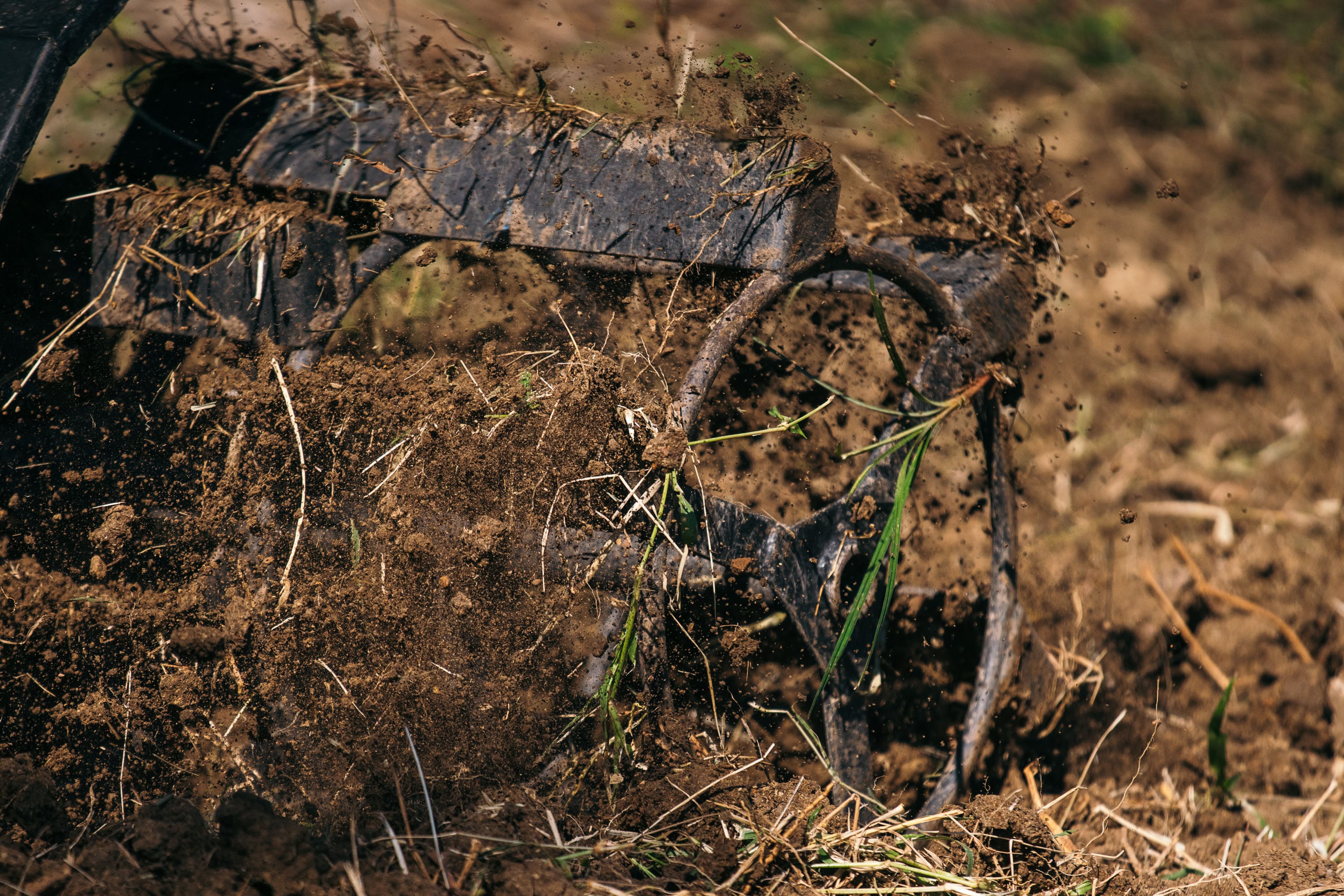
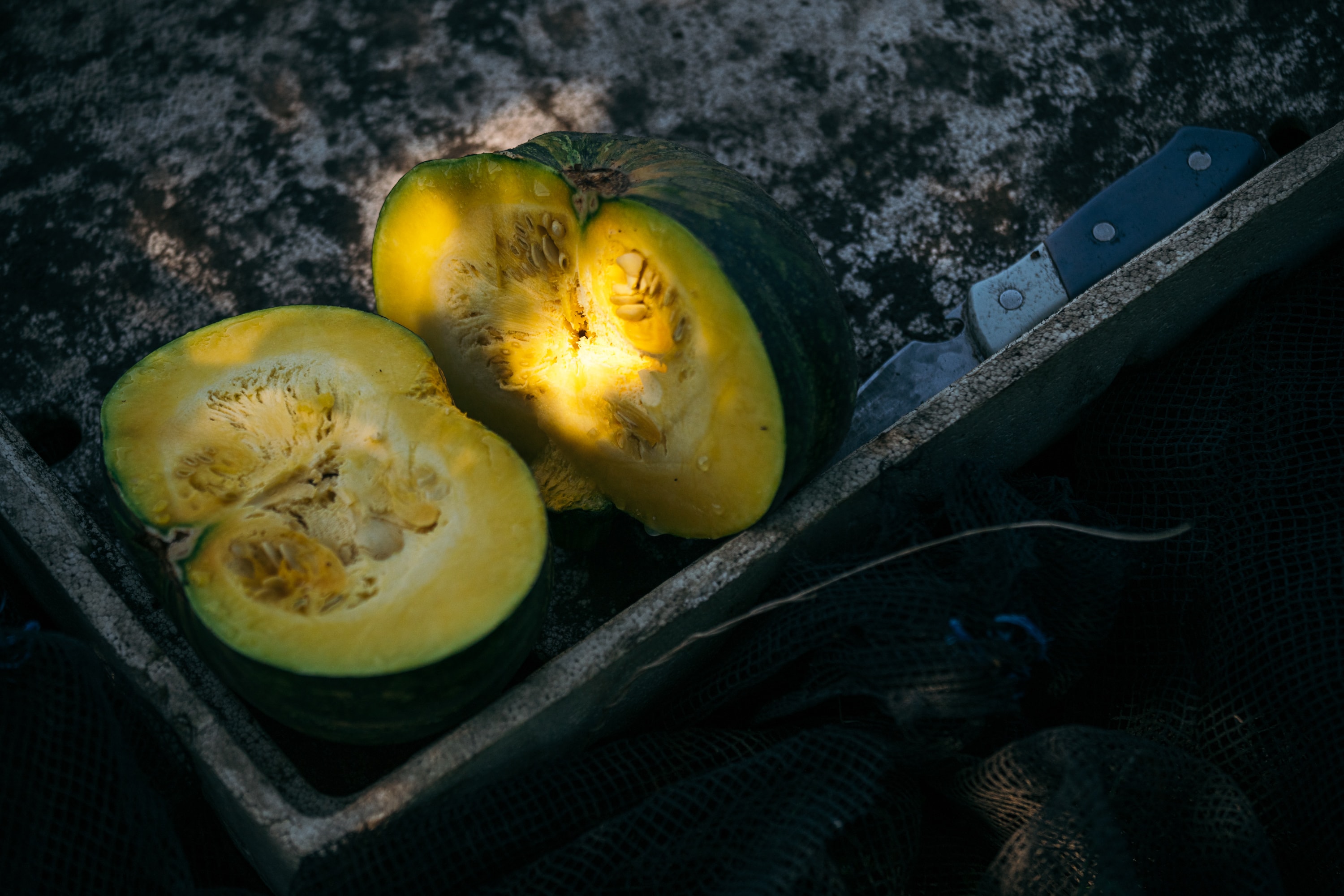
The soil at Teraoka Family Farm is rocky and was initially deemed unsuitable for farming. “We had experts survey the land and they told us that the only way [to profit from it] is to buy [certain materials that would cost half a million]. I had no hopes for it,” Raphael Dacones, Teraoka’s grandson and lead farmer of Teraoka Family Farm, says. However, his uncle and mentor Rafael Estrada, who has been practicing organic farming for around 30 years now, was determined to prove that the land could grow food. “You must know the secret of design,” Estrada says. “How is that possible with rocky soil, you ask? Well, rocks contain minerals. Plants release acids and [that helps them] get sustenance from the rocks.”
The Teraoka Family Farm employs a method of farming that uses organic matter available in the area. “We try to respect how nature intended plants to grow,” Dacones says. Near the farm shed is a hill of rice hulls that will be carbonized, and the final product will be used as soil conditioner to help with water retention and add essential nutrients to the soil. For pesky insects, the farm uses a concoction of gin and chili as pesticide.
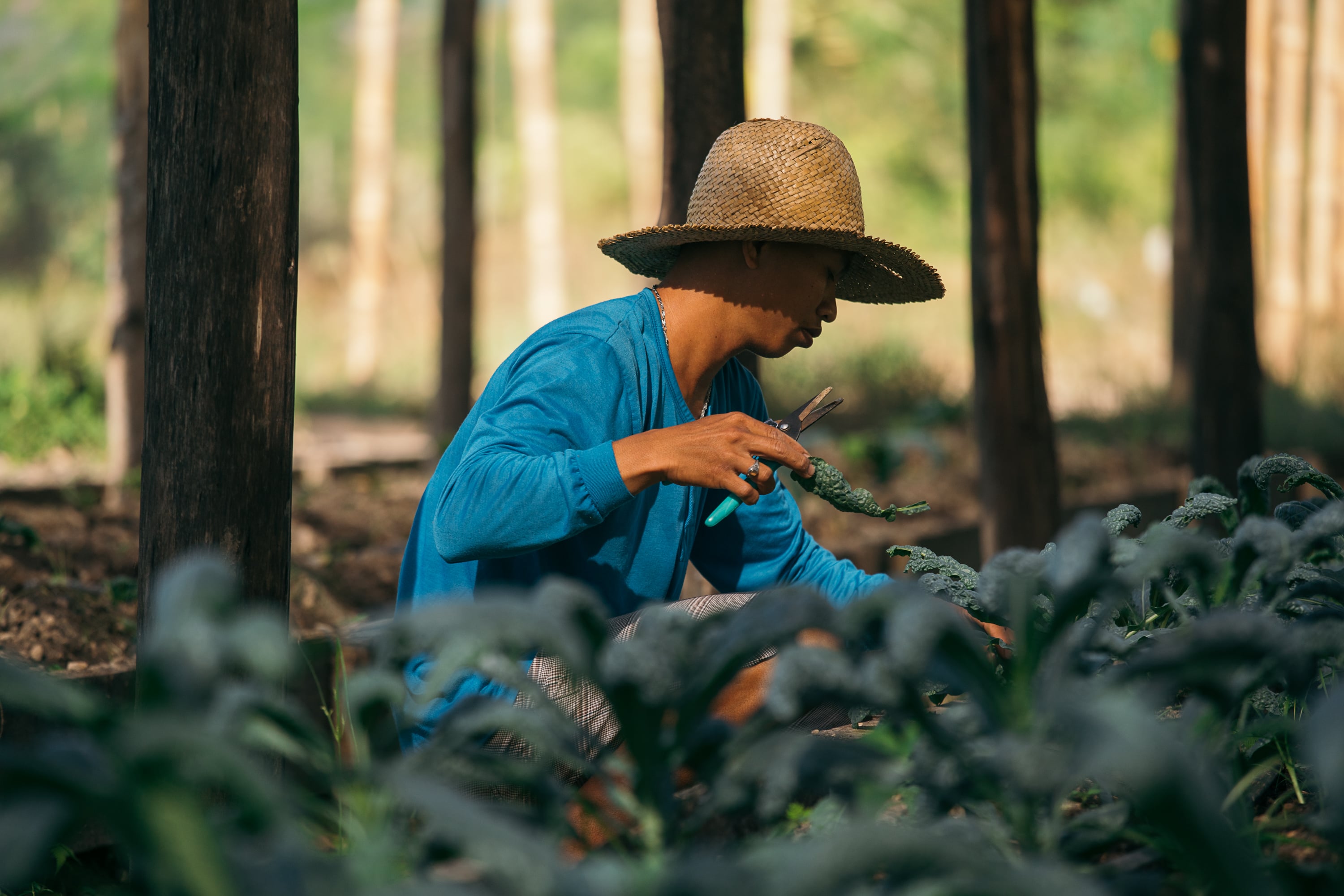
Inside one of the three greenhouses that shelters kale, a farmer stoops to examine the crop’s bluish-green leaves. “Every day, we have to remove bugs manually from the leaves. That’s why kale is expensive.” Alongside kale and lettuce, grass grows. “We just leave it there because we want the setting to be as natural as possible,” Dacones explains.
In the nursery connected to the first greenhouse, a farmer mixes a deep brown, sweet-smelling liquid with water, which she then uses to water seedlings. The liquid is called Effective Microorganisms (EM), based on a concept proposed by Professor Teruo Higa of the University of Ryukyus in Okinawa, Japan. EM is a concoction of fish amino acid, plant extract, and calcium phosphate. Unlike chemical fertilizers, it populates the soil with microorganisms that feed the plant and nourishes the soil. “You have to treat the plant and soil as one,” Dacones says. The concoction also removes the odor from pig and chicken manure, which are used for compost.
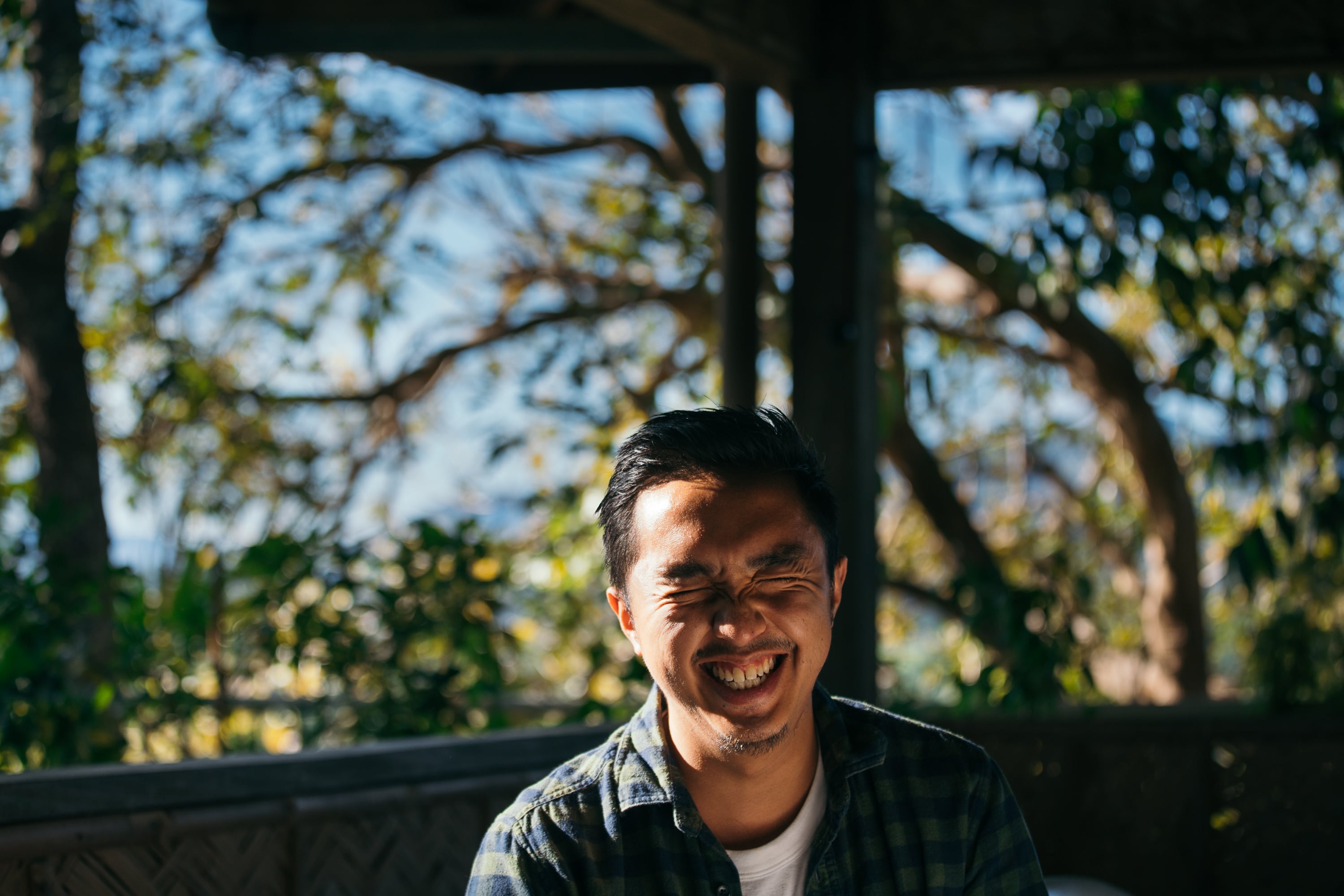
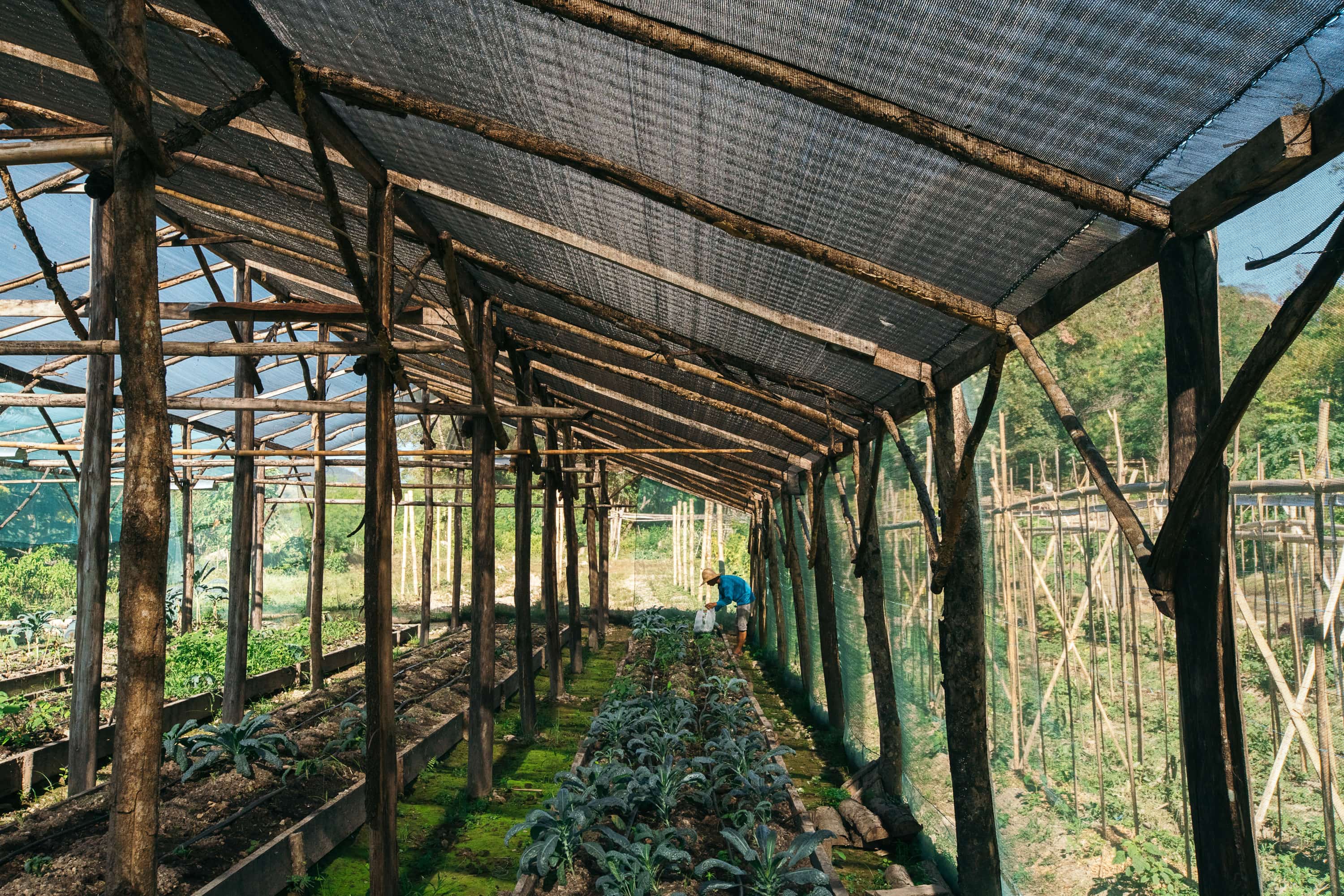
Beyond those techniques, what seems to be vital in their farming practices is the attitude. “It’s so hard to find really good farmers; they come and go,” Dacones acknowledges. And by good, he doesn’t mean skilled but rather hardworking. After all, farming is hard work. This is where Japanese principles really come in.
Dacones had worked at a design firm in Japan for three years before becoming a full-time farmer. More than any specific farming method, he intends to adapt the Japanese work ethic into how the farm is run. “[When I stayed in Japan,] I was able to figure out how to work better. I saw how proficient and efficient the Japanese are so I thought that’s what I could bring here. I want to encourage our farmers to be as efficient as the Japanese.” So far, the local farmers seem to have been able to adopt the trait. “We used to have 25 farmers. Now, we only have 12, and they’re more than capable.”
In the near future, Dacones aims to hold seminars to teach neighboring farmers the business side of the industry, as well as basic farming techniques. Trained at Region IV, which is far from his region, he sees a need to pass on what he has learned to the communities nearer to him. With the recent accreditation it has received from the Department of Agriculture, the Teraoka Family Farm will soon hold seminars for farmers and interested individuals alike. “[We intend] to help them have that whole entrepreneurial mindset so that they could also be entrepreneurs. It’s also about helping the Philippines be more food secure,” Dacones says.
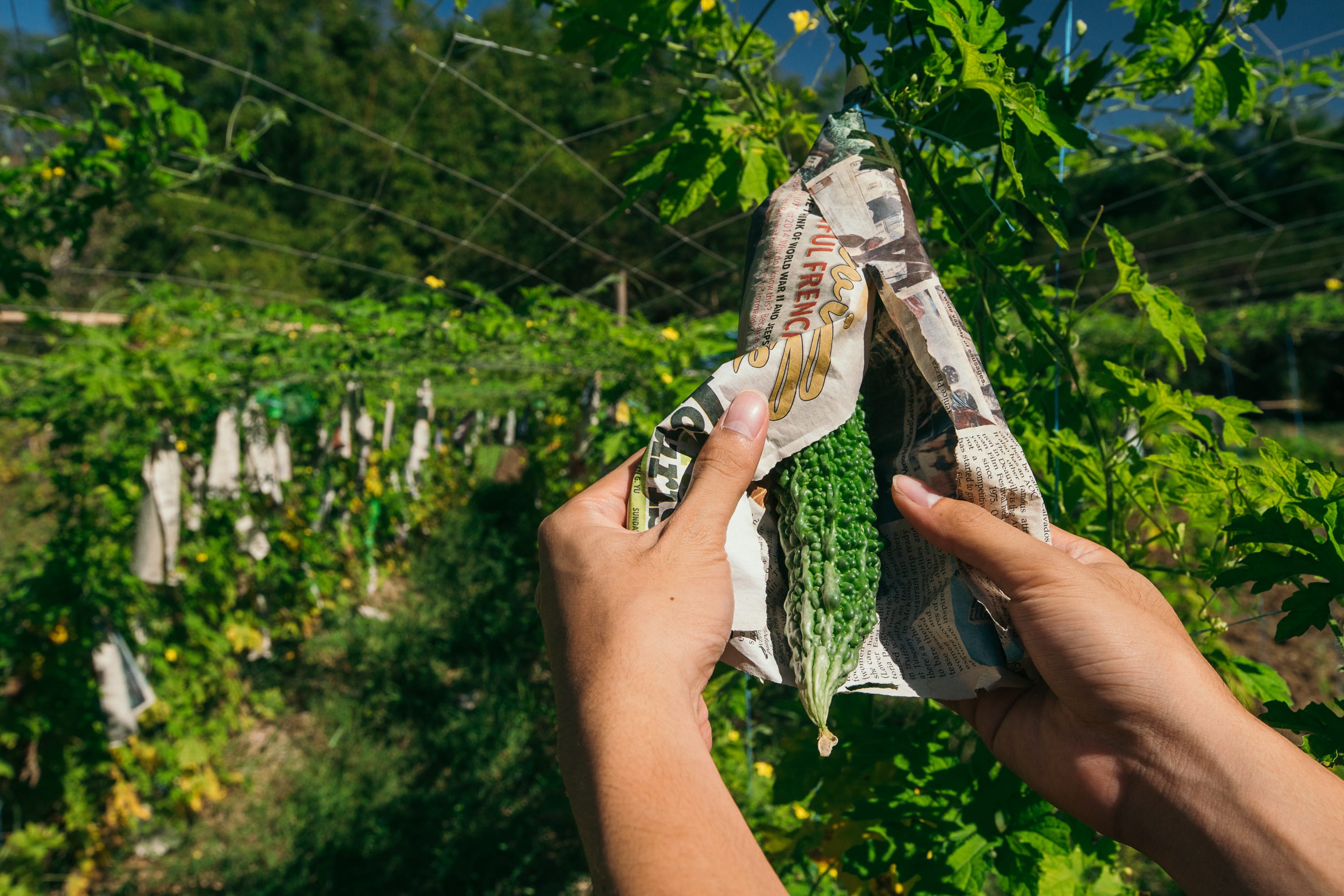
Later in the day, he brings us to a man-made lake, which also irrigates the farm. To get there, we have to traverse a long, rocky road with a terrain similar to the African savanna, as depicted in The Lion King or in the pages of National Geographic, sans the wildlife. At the lake, there is—as sung in Can You Feel the Love Tonight—“a calm surrender to the rush of day.” Nature orchestrates music with the rustling of leaves and the chirping of the birds, an apt scoring to the stillness of the lake.
According to Dacones, the average age of Filipino farmers is 57 and the Manila dream remains appealing to children growing in the countryside. “But farming is not a dirty job,” he says. It’s ironic how people who live in city dream of the peace and the verdant landscapes of the province, while those who grew up breathing in the fresh air of the country yearn for the noise and the fast pace of urban centers. But working with soil under the heat of the sun is a noble job, and for someone who was raised in the city, it’s even how life should be lived.
This story was originally published in Northern Living, March 2017.
Writer: OLIVER EMOCLING
PHOTOGRAPHY JILSON SECKLER TIU

